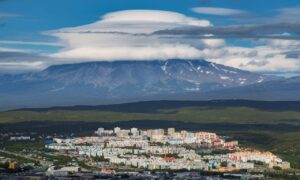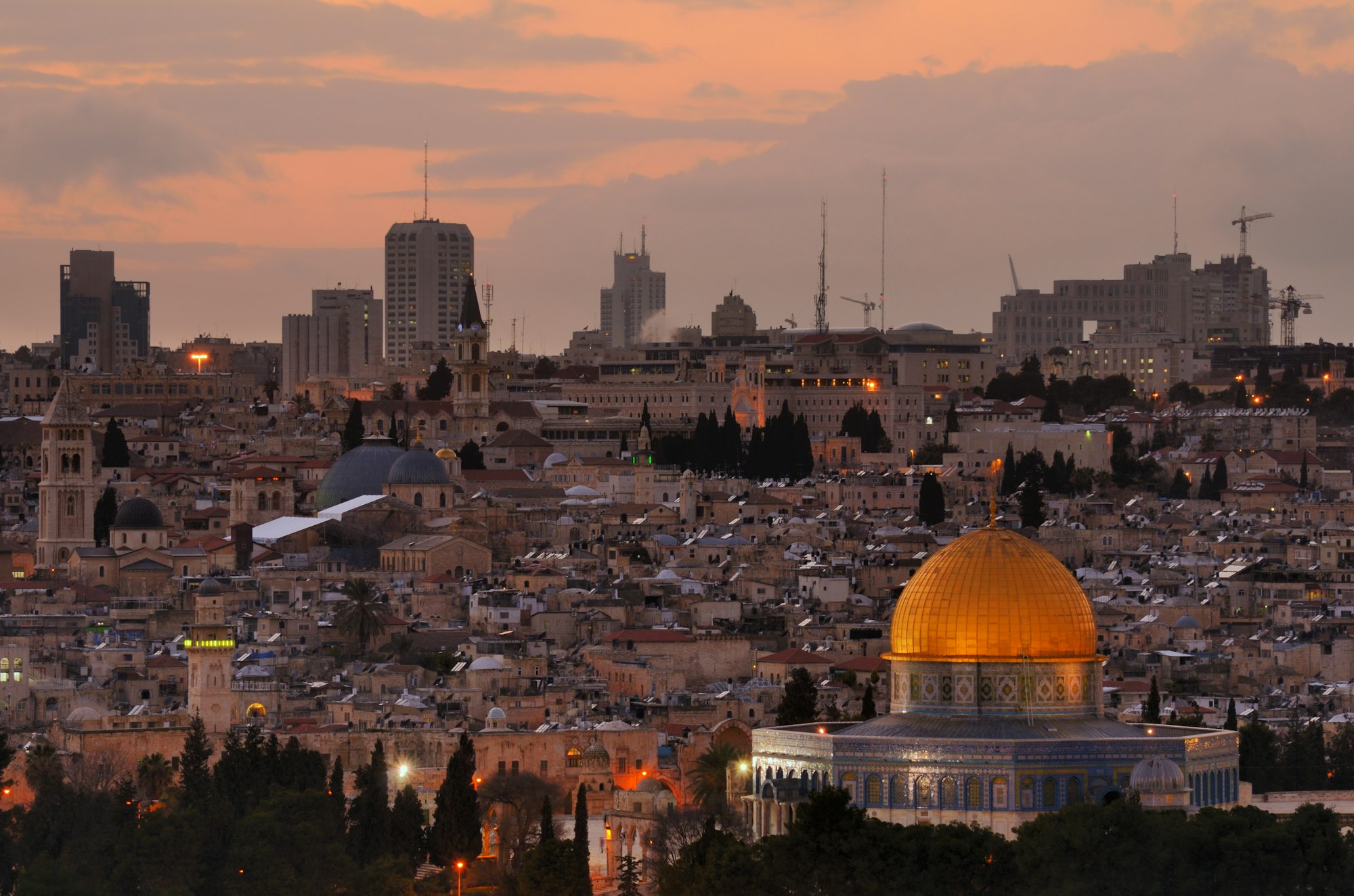
Nestled in the heart of Japan’s Kansai region, Kyoto is a city that effortlessly blends tradition and modernity, offering visitors a glimpse into the country’s rich cultural heritage while embracing the innovations of the present day. With its stunning temples, serene gardens, vibrant festivals, and mouthwatering cuisine, Kyoto beckons travelers from around the world to immerse themselves in its timeless beauty and storied past.
TLDR;
ToggleHistorical Splendor
As the former capital of Japan for over a millennium, Kyoto boasts a wealth of historical treasures that transport visitors back in time. The city’s UNESCO World Heritage sites, including ancient temples, shrines, and palaces, are a testament to its illustrious past. One of the most iconic landmarks is Kinkaku-ji, or the Golden Pavilion, a Zen Buddhist temple adorned with gold leaf that shimmers in the sunlight, reflecting on the tranquil waters of its surrounding pond. Nearby, visitors can explore Ryoan-ji, a Zen rock garden renowned for its minimalist design and meditative atmosphere.
Places to Visit
Arashiyama Bamboo Grove
Just a short train ride from central Kyoto lies the enchanting Arashiyama Bamboo Grove, a natural wonderland that captivates visitors with its towering stalks of bamboo swaying gently in the breeze. Walking through this ethereal forest feels like stepping into another world, where sunlight filters through the dense canopy overhead, casting dappled shadows on the forest floor. At the heart of the grove lies the serene Nonomiya Shrine, a sacred site steeped in myth and legend, making it a must-visit destination for nature lovers and spiritual seekers alike.
Gion District
For a taste of traditional Japan, look no further than Kyoto’s historic Gion district, known for its preserved wooden machiya townhouses, cobblestone streets, and geisha culture. Visitors can wander through the narrow alleyways lined with teahouses and exclusive ryotei restaurants, catching glimpses of geisha and maiko (apprentice geisha) as they make their way to appointments. In the evening, the streets come alive with the soft glow of lanterns, creating a magical ambiance that harkens back to a bygone era.
Kiyomizu-dera Temple
Perched atop a hill overlooking the city, Kiyomizu-dera Temple is one of Kyoto’s most celebrated landmarks, offering panoramic views of the surrounding mountains and valleys. The temple’s main hall, built without the use of nails, juts out over a steep cliff, providing visitors with a breathtaking vantage point from which to admire the lush scenery below. In spring, the temple is surrounded by cherry blossoms in full bloom, creating a scene of unparalleled beauty that attracts throngs of visitors from near and far.
Nishiki Market
No visit to Kyoto would be complete without sampling its culinary delights, and Nishiki Market is the perfect place to indulge in the city’s gastronomic offerings. Dubbed “Kyoto’s Kitchen,” this bustling market is a paradise for food lovers, with vendors selling everything from fresh seafood and seasonal produce to traditional sweets and savory snacks. Wander through the narrow alleyways lined with stalls and izakayas, sampling local specialties like yuba (tofu skin), tsukemono (pickled vegetables), and freshly grilled skewers of yakitori (chicken skewers).
Fushimi Inari Taisha
Dedicated to the Shinto god of rice and sake, Fushimi Inari Taisha is one of Kyoto’s most iconic landmarks, known for its thousands of vermillion torii gates that wind their way up Mount Inari. Visitors can embark on a scenic hike through the forested trails, passing by stone fox statues, moss-covered shrines, and panoramic viewpoints along the way. The mesmerizing sight of the torii gates stretching into the distance is a sight to behold, making it a must-visit destination for photographers and nature enthusiasts alike.
Best Time to Visit Kyoto
Choosing the right time to visit Kyoto can greatly enhance your experience, as each season offers its own unique charm and attractions.
Spring (March to May): Spring is one of the most popular times to visit Kyoto, especially during cherry blossom season, which typically occurs from late March to early April. The city is transformed into a sea of pink and white as the cherry blossoms bloom, creating a magical atmosphere perfect for hanami (flower viewing) picnics in parks and gardens.
Fall (September to November): Autumn is another beautiful time to visit Kyoto, when the city is bathed in hues of red, orange, and yellow as the leaves change color. The crisp, cool air and stunning foliage make it ideal for exploring outdoor attractions such as temples, gardens, and hiking trails.
Winter (December to February): While Kyoto experiences colder temperatures during the winter months, it can still be a delightful time to visit, especially for those seeking a quieter, more intimate experience. Visitors can enjoy the festive atmosphere of traditional New Year’s celebrations, as well as the opportunity to see snow-capped temples and gardens dusted with frost.
Summer (June to August): Summer in Kyoto can be hot and humid, with temperatures often reaching into the high 80s and 90s Fahrenheit (30s Celsius). However, it is also a time of lively festivals and events, including Gion Matsuri in July, one of Japan’s most famous and elaborate festivals, featuring colorful parades, traditional performances, and ornate floats.
How to Reach Kyoto
By Air: The nearest international airport to Kyoto is Kansai International Airport (KIX), located approximately 75 minutes away by train. From the airport, travelers can take the JR Haruka Express train directly to Kyoto Station. Alternatively, Osaka International Airport (Itami Airport) is also within easy reach, with frequent domestic flights connecting it to major cities in Japan.
By Train: Kyoto is well-connected to other major cities in Japan by an extensive network of shinkansen (bullet train) and regular train lines. Kyoto Station serves as the city’s main transportation hub, with shinkansen services running frequently to Tokyo (2.5 to 3 hours), Osaka (15 to 30 minutes), Hiroshima (1.5 to 2 hours), and other destinations.
By Bus: Kyoto is also accessible by highway bus from various cities across Japan. Several bus companies operate routes to Kyoto from major cities such as Tokyo, Osaka, Nagoya, and Hiroshima, offering a more affordable alternative to train travel.
By Car: While Kyoto is easily reachable by car, driving in the city itself can be challenging due to narrow streets, limited parking, and heavy traffic congestion. However, renting a car can be a convenient option for exploring the surrounding countryside and visiting nearby attractions such as Nara and the rural villages of the Higashiyama and Arashiyama districts.
Conclusion
In conclusion, Kyoto is a city that captivates the senses and inspires the soul, offering travelers a journey through time and tradition in the heart of Japan. From its ancient temples and serene gardens to its vibrant festivals and culinary delights, Kyoto invites visitors to immerse themselves in its rich cultural heritage and discover the countless treasures that await at every turn.





